The ancient hospital for pilgrims, Santa Maria della Scala, is home to a vast and rich museum complex in Siena that covers 19,000 m 2. It is an essential step to fully discover the city, located opposite the cathedral. It is considered the third artistic centre of the city after the Cathedral and the Palazzo Pubblico.
The construction of this hospital took place from the 12th to the 15th century, becoming the largest and most important hospital along the Via Francigena that offered hospitality and care to pilgrims on the way to Rome. It also welcomed the poor and abandoned children.
The hospital was maintained until 1995, before being rehabilitated and (restoration is still in progress) and converted into a museum space.
You will discover beautiful spaces, including the spectacular Pilgrim’s Hall (Pellegrinaio) with its 15th century frescoes, several churches, oratories, the fabulous treasure of the hospital, as well as the Archaeological Museum which documents the occupation of the territory by the Etruscans and the Romans, up to the Renaissance through the important Middle Ages with the annex of the Museum of the history of Siena.
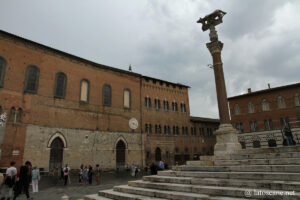
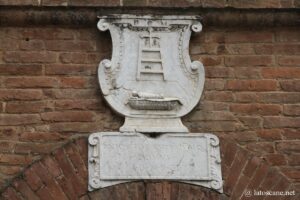
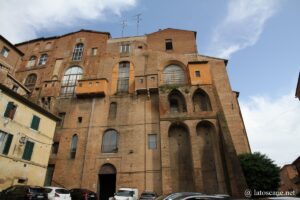
The hospital is organized on several levels, the highest being the ground floor facing the Piazza Duomo on the eastern side, while the lowest level on the western side is via del Fosso Sant’Ansano.
- 4th level (Cathedral forecourt): Women’s Chapel, Santissima Annunziata Church, Old Sacristy, Squarcialupi Palace, Chapel of the Virgin, Manto Chapel
- 3rd level: Corticella and its warehouses, the medieval Barn (Fienile) where is kept the Fonte Gaia di Jacopo della Quercia, the seats of two secular confraternities (still active): the Company of the Disciplinati sotto le Volte and the Company of Santa Caterina della Notte, the Treasure of Santa Maria della Scala
- 2nd level: not accessible
- 1st level: the Archaeological and Museum of Siena, the oratory of the Company of Santa Maria sotto le Volte, the covered street of the Chiasso di Sant’Ansano.
Chapel of the Women and Chapel of the Virgin
The Pellegrinaio delle Donne, the Chapel of the Women, was built in 1338 as a hospital infirmary for female pilgrims. It preserves elements of the early 15th century fresco Trinity of Saints Philip and Lawrence by Martino di Bartolomeo, as well as elements of a Madonna della Misericordia by Andrea di Bartolo.
Built around 1680, the Chapel of the Virgin (Cappella della Madonna) preserves an 18th-century cycle dedicated to the Virgin painted by Giuseppe Nicola Nasini; on the altar a painting from the early 15th century by the Sienese painter Paolo di Giovanni Fei, depicting the Virgin with Child surrounded by seven angels; the altarpiece with the Massacre of the Innocents by Matteo di Giovanni (1482), etc.
Ancient Sacristy and Treasure
Adjoining the church, this sacristy was to house the precious relics purchased by the hospital in Venice in 1359, including a Holy Nail from the Cross, precious metal and stone works of great historical and artistic value.
The vault and walls were decorated with frescoes by Lorenzo Vecchietta, whose vaults include Christ between four evangelists and prophets, on the walls references to the Creed, or references to the New and Old Testament.
It also houses the famous fresco by Domenico di Bartolo from 1444, depicting the Madonna della Misericordia or Madonna del Manto, transferred here in 1610.
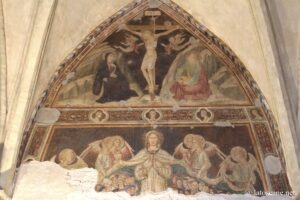
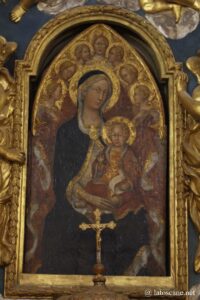
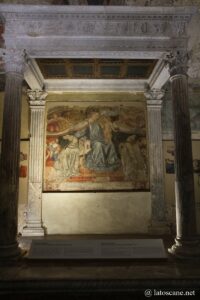
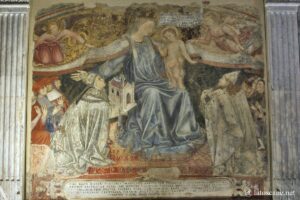
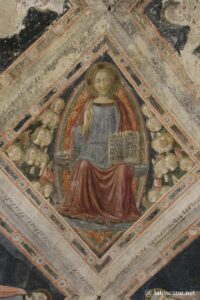
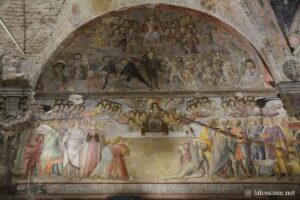
The Treasure of Santa Maria della Scala was moved to the Old Sacristy recently from the warehouses of the Corticella, with important relics in gold, silver and precious stones from the imperial chapel of Constantinople, bought in 1359 by the Florentine merchant Pietro di Giunta Torrigiani, then by the hospital for 3,000 guilders (enough to build a palace in the center of Siena at that time). For example, the reliquary with the sacred Nail of the Cross belonging to the emperor Constantine, reworked at the end of the 14th century by a Sienese goldsmith. Also a monumental Gospel, composed of 318 decorated parchment sheets, with miniatures made in the late 11th century in Constantinople, the Reliquary of Santa Cristina from the 15th century, etc.
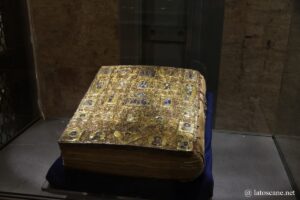
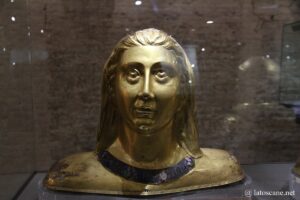
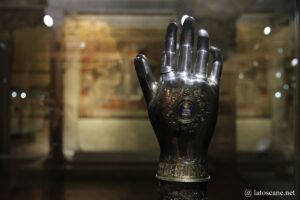
Santissima Annunziata and the Chapel of the Relics
First chapel dating back at least to the 11th century, the church of Santissima Annunziata was built in 1257 and transformed in the 15th century by Guidoccio di Andrea. The marble high altar dates from the late 17th century, with the beautiful bronze Christ by Lorenzo Vecchietta (1476). The apse was decorated in the 18th century by Sebastiano Conca with the Pool of Bethesda of the Gospel of John.
Leaving the church, you will find the atrium with the main entrance until the 19th century, a ceiling of the Renaissance and many tombstones, the great tomb of rectors designed by Agostino Chigi with 44 panels bearing names and arms of the rectors.
Also called Cappella del Manto, the Chapel of Relics dates from the second half of the 14th century. Before the Old Sacristy it hosted the relics purchased in 1359. The spans of the chapel are divided by crossed arches. It preserves works from the fourteenth to the sixteenth century including two important works by Domenico Beccafumi as in a lunette the fresco of the Meeting at the Golden Gate. Opposite is an overview of the city of Rome.
Pilgrim’s Hall or Pellegrinaio
The Pellegrinaio, the Pilgrims’ Hall, is probably the most interesting in the museum. This room was built in 1320-30 with a cross vault early 15th and especially an extraordinary cycle of large frescoes from 1440-44, to which contributed mainly Domenico di Bartolo. They exalt the mission of the hospital, including the distribution of alms or the reception of orphans. Beyond their quality and originality, they are a unique iconographic testimony in Europe on the hospital life and daily life of the time, with descriptions of customs, common objects, etc.
- Lorenzo Vecchietta, Dream of the mother of Blessed Sorore (1441)
- Dominico di Bartolo, Bishop’s Alms, building the hospital walls (1442-1443)
- Priamo della Quercia, Rector of the Hospital (1442)
- Dominico di Bartolo, Celestine III grants privileges of autonomy to the hospital (1442)
- Pietro d’Achille Crogi e Giovanni di Raffaele Navesi, Payment of bailliages with wheat (1575-1577)
- Pietro d’Achille Crogi e Giovanni di Raffaele Navesi, Payment of bailuys with money (1575-1577)
- Dominico di Bartolo, Government and Patient Care (1440-1441)
- Dominico di Bartolo, Distribution of Alms (1441)
- Dominico di Bartolo, Home, education and marriage of a “hospital girl” (orphan) (1441-1442)
- Dominico di Bartolo, Meals of the Poor (1443-1444)
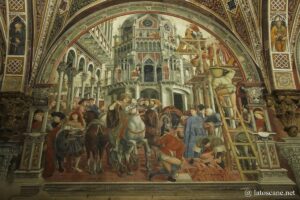
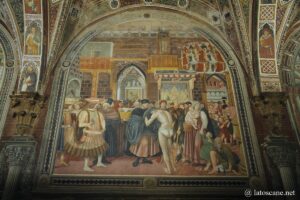
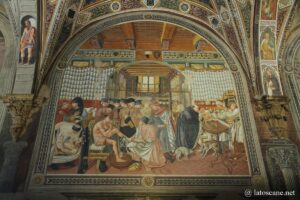
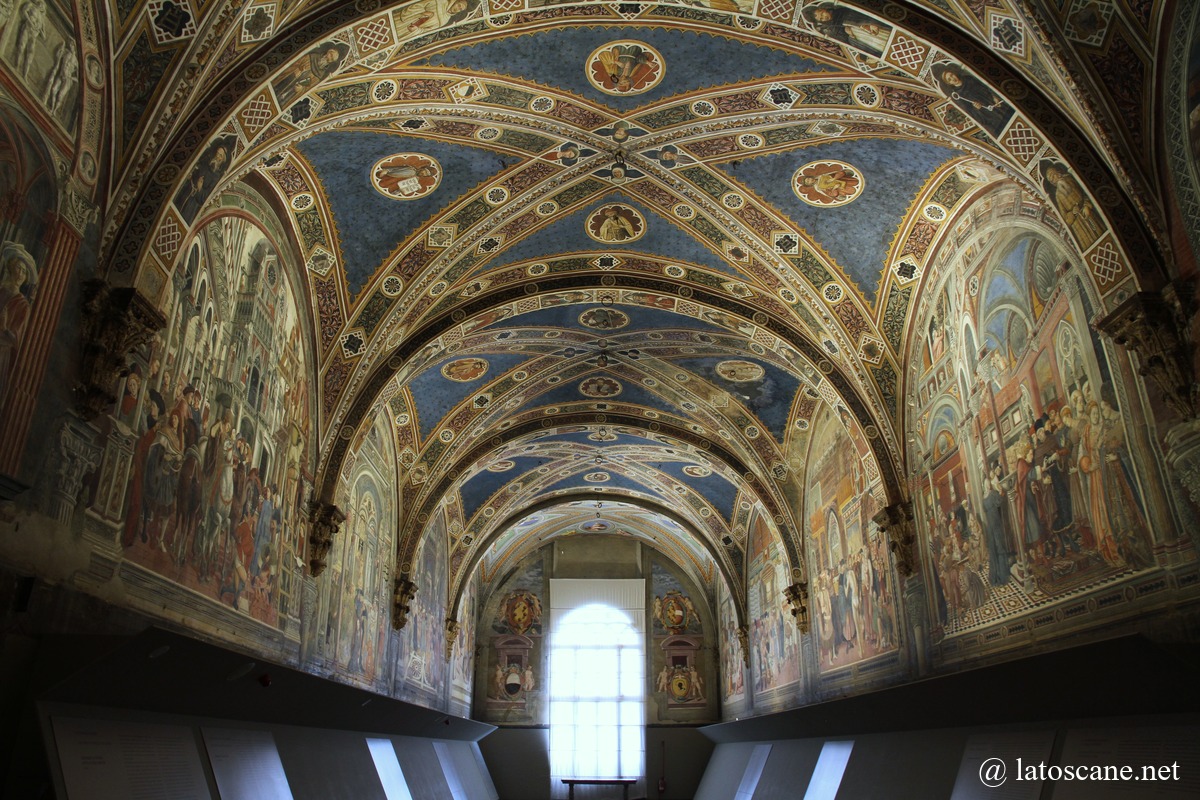
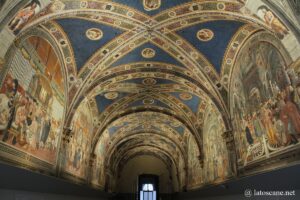
Passage and rooms
The hospital’s vast meeting space, the “Passeggio” has crisscross vaults from the early 16th century. It preserves sculptural groups, two beautiful coats of arms, one of the hospital, the other of the house of Savoy.
It overlooks three large rooms, including the San Pio Hall, with on the right wall, a 15th century fresco attributed to Priamo della Quercia that depicts two episodes in the life of Blessed Giovanni Colombini from Siena. It presents various paintings, including two by the late 19th century Sienese painter Pietro Aldi.
The San Giuseppe Hall houses a series of plasterers made in the late 19th century by the Sienese sculptor Tito Sarrocchi.
Lower level and Corticella
On the lower level, the Corticella dates back to the 14th century. It was originally an open space, which leads to medieval shops, the medieval Barn (Fienile) with the originals of the Fonte Gaia, the oratory of the Company of Saint Catherine of the Night, at the historic headquarters of the Society of Executors of Pie Dispositions.
Statues of Jacopo della Quercia
In the medieval Barn, the Fienile, are preserved the original statues sculpted by Jacopo della Quercia for the Fonte Gaia, the fountain located on Piazza del Campo. They were commissioned in 1409, carved from marble of the Montagnola Senese. They represent the Virgin, the Virtues, the Wisdom, the Public Charity, or the Acca Larenzia. They are accompanied by plasters and molds that were used for their restoration in the 19th century by Sarrocchi to recreate the fountain.
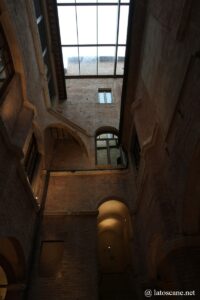
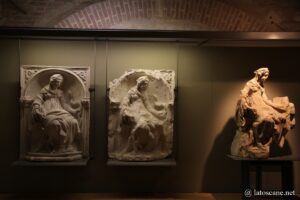
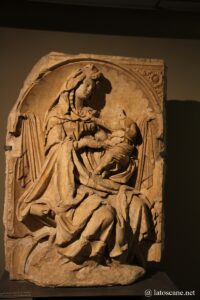
Saint Catherine of the Night and Santa Maria sotto le Volte
The oratory of the Confraternity of Saint Catherine of the Night (Santa Caterina della Notte in Italian) was built where Saint Catherine of Siena stopped to pray. From the 14th century, it was run by the brotherhood of the Archangel Saint-Michel near the cemetery of the hospital. In the 17th century, it was decorated with numerous stuccos and paintings, including four canvases depicting the life of Saint Catherine, on the altar a marble Madonna from the 14th century, a painting by Taddeo di Bartolo from the 15th century, etc.
The oratory of the Company of Santa Maria under the Vaults (Santa Maria sotto le Volte) is the seat of an old lay brotherhood. Of their vast heritage is preserved here a beautiful wooden crucifix, terracotta figures of Saint Bernardino and Saint Catherine, paintings, interesting frescoes in the sacristy. During the works a large cycle of frescoes from the early 14th century was discovered.
Sant’Ansano’s old Chiasso
Going down to the lowest level, you reach the via dei Fossi di Sant’Ansano.
The Chiasso vecchio di Sant’Ansano is a large covered road that led to the hospital. This street was gradually covered by a vaulted ceiling, serving as early as the fifteenth century internal circulation axis of the large hospital complex.
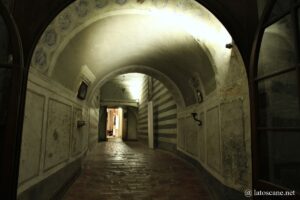
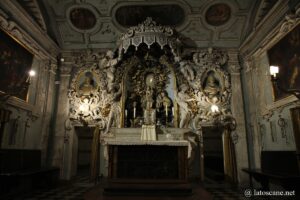
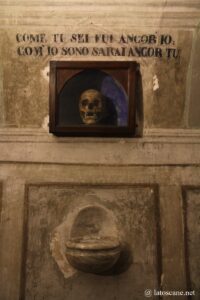
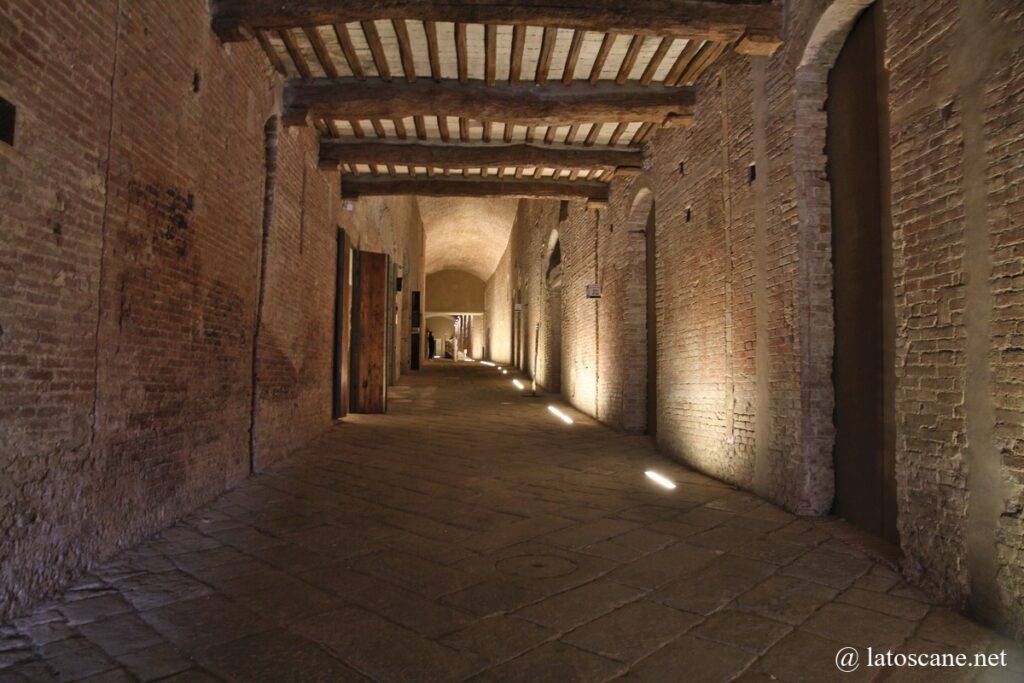
Archaeological Museum and History Museum of Siena
At the Chiasso, there are old warehouses with galleries dug in sandstone and decorated with bricks. Here you will find the National Archaeological Museum and the section dedicated to the history of Siena from its origins in the Middle Ages.
The Etruscan section includes ceramics, urns, black and red figure potteries, tomb material from Etruscan sites in the area such as Chiusi, Montepulciano, Monteroni d’Arbia, Sarteano, Monteriggioni, Murlo, Castelnuovo Berardenga (territory of Siena in the Val d’Elsa and Chianti).
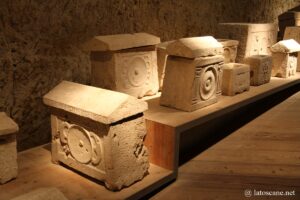
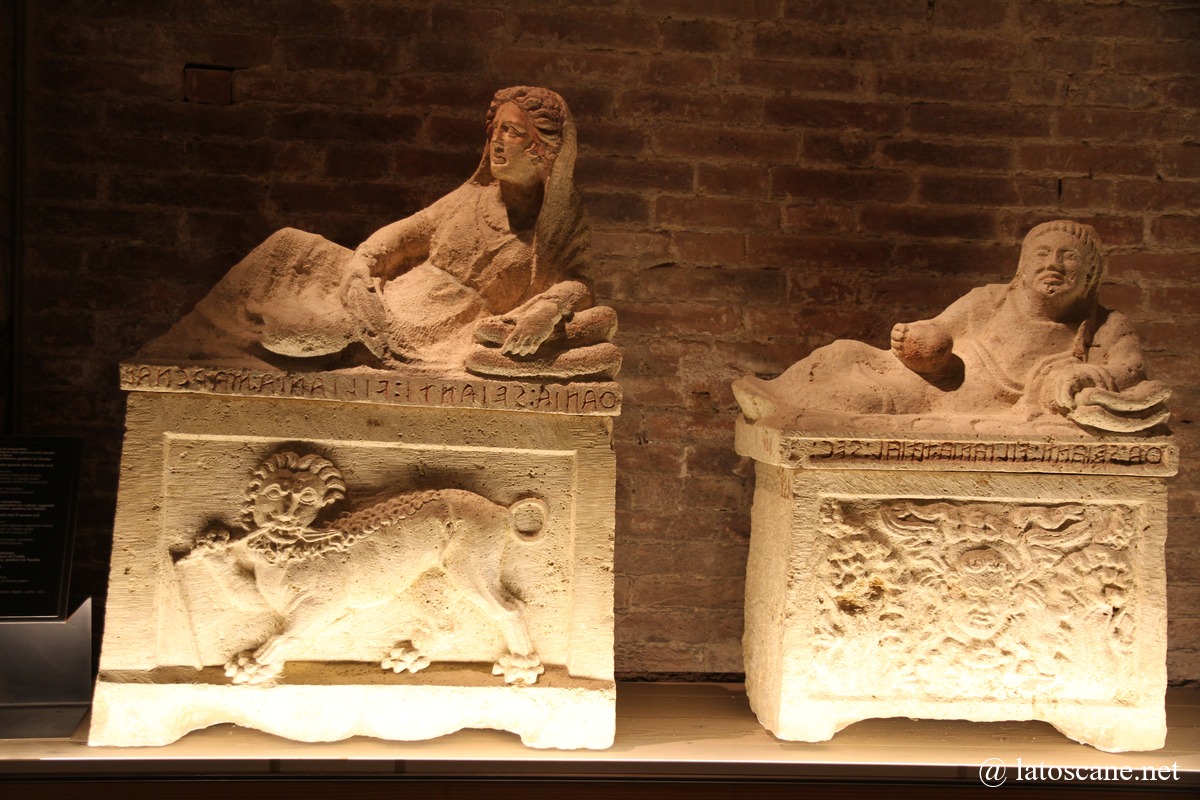
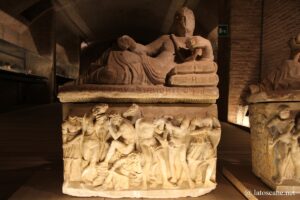
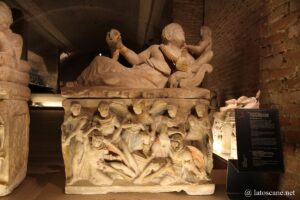
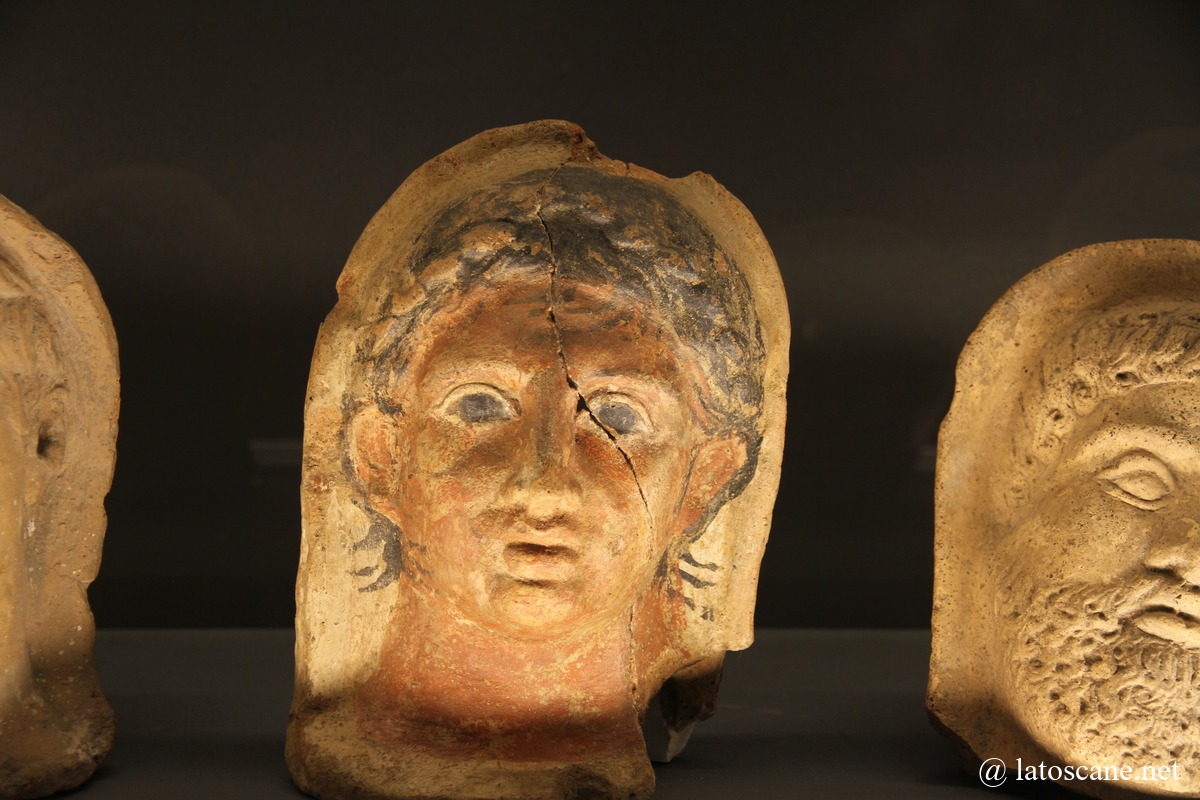
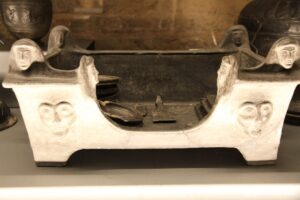
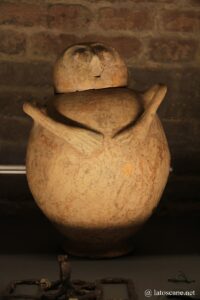
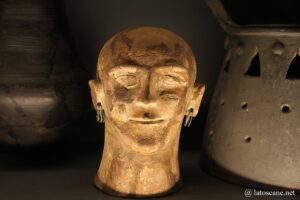
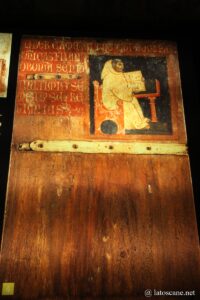
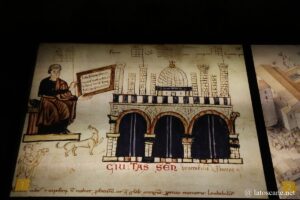
Where is Santa Maria della Scala in Siena
If you see this after your page is loaded completely, leafletJS files are missing.
Sources and links
- Official website : www.santamariadellascala.com
- Informations : en.wikipedia.org
Articles about Siena
- Siena
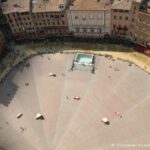 Siena is with Florence one of the most attractive destinations in the region. City of the famous palio, an equestrian race, it is a unique medieval town located in the ...
Siena is with Florence one of the most attractive destinations in the region. City of the famous palio, an equestrian race, it is a unique medieval town located in the ... - Things to do and see in Siena
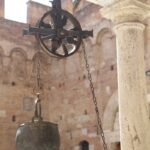 Siena deserves plenty of days to measure its charm. However, it is not a very large city and two days can be enough to bring back beautiful memories. Piazza del Campo ...
Siena deserves plenty of days to measure its charm. However, it is not a very large city and two days can be enough to bring back beautiful memories. Piazza del Campo ... - Piazza del Campo in Siena
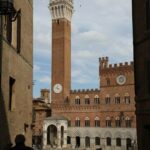 The Piazza del Campo is undoubtedly one of the most beautiful and elegant squares in the world, built between 1293 and 1349. It is the heart of the city of ...
The Piazza del Campo is undoubtedly one of the most beautiful and elegant squares in the world, built between 1293 and 1349. It is the heart of the city of ... - Siena Cathedral
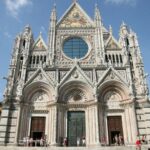 The Siena Cathedral dedicated to Assumption of Mary (Cattedrale di Santa Maria Assunta in Italian) stands out for its white and black stones and marble is certainly one of the ...
The Siena Cathedral dedicated to Assumption of Mary (Cattedrale di Santa Maria Assunta in Italian) stands out for its white and black stones and marble is certainly one of the ... - Palazzo Pubblico in Siena
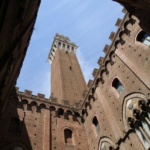 The most imposing building in Piazza del Campo is the Palazzo Pubblico with the very large tower next to the Torre della Mangia. Also called Communal Palace, it was built ...
The most imposing building in Piazza del Campo is the Palazzo Pubblico with the very large tower next to the Torre della Mangia. Also called Communal Palace, it was built ... - Civic Museum of Siena
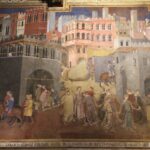 The Siena Civic Museum, the Museo Civico, was built in the 1930s on the first and second floors of the Palazzo Pubblico. Its visit (about an hour) is highly recommended, ...
The Siena Civic Museum, the Museo Civico, was built in the 1930s on the first and second floors of the Palazzo Pubblico. Its visit (about an hour) is highly recommended, ... - Palio di Siena
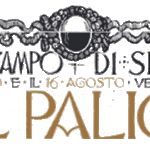 The Palio of Siena is a famous equestrian race that pits the different districts of the city (called the contrade), whose origins date back to the medieval games, held on ...
The Palio of Siena is a famous equestrian race that pits the different districts of the city (called the contrade), whose origins date back to the medieval games, held on ... - Fountains and bottini of Siena
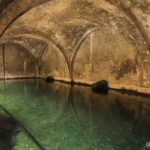 In Siena there are some fountains, fed by the bottini, the galleries of a medieval underground aqueduct built from the 12th century. These galleries are 25 km in length, channelling ...
In Siena there are some fountains, fed by the bottini, the galleries of a medieval underground aqueduct built from the 12th century. These galleries are 25 km in length, channelling ... - Palaces in Siena
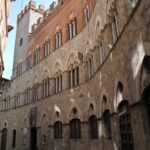 The streets of Siena are charming with their splendid palaces, most of them from the Middle Ages, some dating back to the Renaissance. They do not lack elegance with their ...
The streets of Siena are charming with their splendid palaces, most of them from the Middle Ages, some dating back to the Renaissance. They do not lack elegance with their ... - Pinacoteca Nazionale in Siena
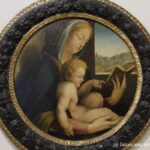 The Pinacoteca Nazionale di Siena is an important Italian museum, especially for its collection of ” paintings on gold background ” from the 14th and 15th centuries in Siena. It ...
The Pinacoteca Nazionale di Siena is an important Italian museum, especially for its collection of ” paintings on gold background ” from the 14th and 15th centuries in Siena. It ... - Basilica of San Dominico in Siena
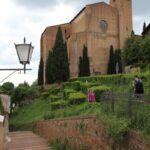 The Basilica di San Domenico in Siena, also known as Basilica Cateriniana, is one of the most important churches in the city, with its imposing Gothic architecture and Renaissance works. ...
The Basilica di San Domenico in Siena, also known as Basilica Cateriniana, is one of the most important churches in the city, with its imposing Gothic architecture and Renaissance works. ... - Saint Catherine Sanctuary in Siena
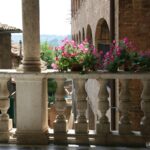 The Sanctuary of Saint Catherine of Siena (Santuario-Casa di Santa Caterina) is located on Hill San Antonio in Siena, consisting of the old house of the Benincasa, the family of ...
The Sanctuary of Saint Catherine of Siena (Santuario-Casa di Santa Caterina) is located on Hill San Antonio in Siena, consisting of the old house of the Benincasa, the family of ... - Other churches in Siena
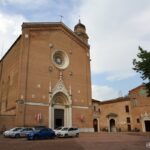 Basilica of Saint Francis in Siena The Basilica of San Francesco di Siena is one of the most important churches in Siena, located on the homonymous square. Between 1228 and 1255, ...
Basilica of Saint Francis in Siena The Basilica of San Francesco di Siena is one of the most important churches in Siena, located on the homonymous square. Between 1228 and 1255, ... - Gates and other sights of Siena
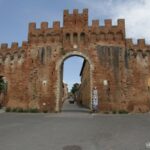 This page is dedicated to other interesting places in Siena, including its walls and gates, loggias, the Medici Fortress, some squares and streets of the center. Walls and gates of Siena Siena ...
This page is dedicated to other interesting places in Siena, including its walls and gates, loggias, the Medici Fortress, some squares and streets of the center. Walls and gates of Siena Siena ... - Tickets and guided tours in Siena
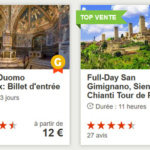 Tickets and proposals for guided tours in Siena, entrance tickets, city tours, with the cathedral complex, Piazza del Campo, excursions in the surrounding area, activities, etc Into the same category
Tickets and proposals for guided tours in Siena, entrance tickets, city tours, with the cathedral complex, Piazza del Campo, excursions in the surrounding area, activities, etc Into the same category - Interactive map of Siena
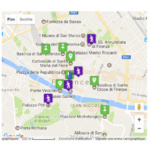 Carte de Sienne interactive avec les principaux monuments et les lieux secondaires, églises, palais et musées
Carte de Sienne interactive avec les principaux monuments et les lieux secondaires, églises, palais et musées - Hotels and accommodations in Siena
 Book now accommodation in Siena, between hotel, rooms and apartments. Hundreds of choices with customer ratings
Book now accommodation in Siena, between hotel, rooms and apartments. Hundreds of choices with customer ratings - Short history of Siena
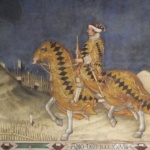 Although it seems that the Etruscans had occupied the territory of Siena, its foundation dates from the time of the emperor Augustus where a Roman colony was established under ...
Although it seems that the Etruscans had occupied the territory of Siena, its foundation dates from the time of the emperor Augustus where a Roman colony was established under ...
No Comments Yet